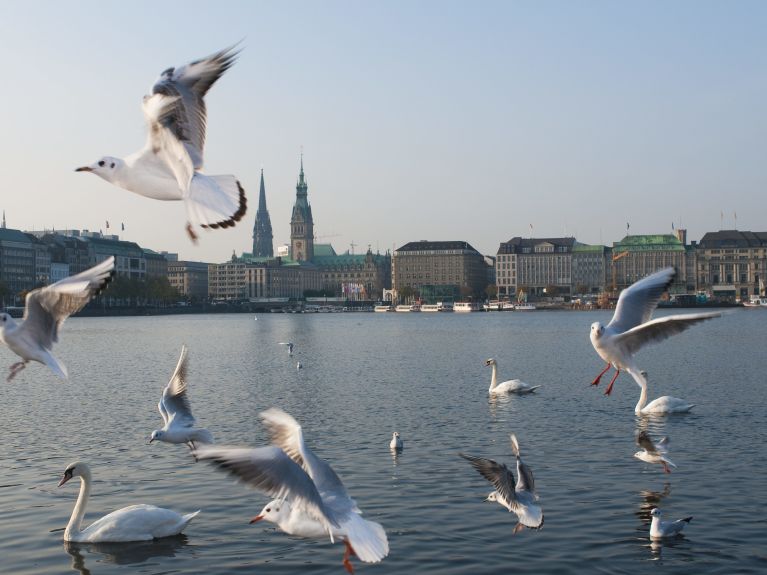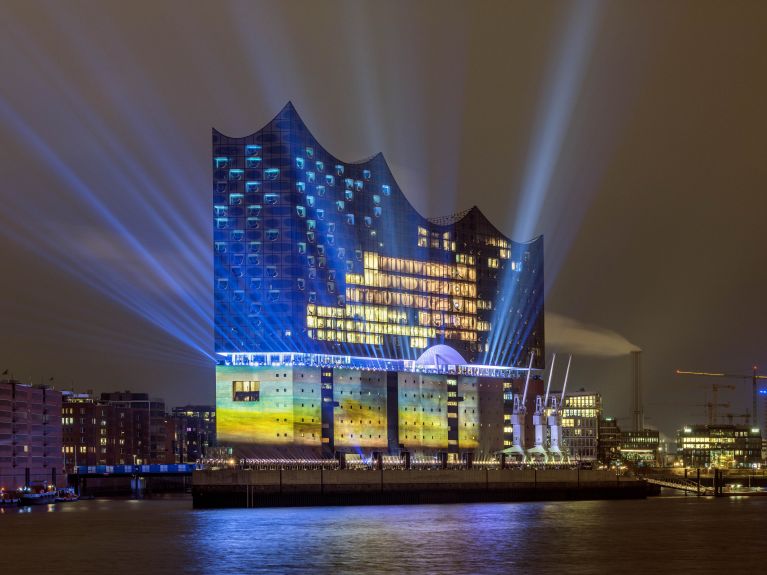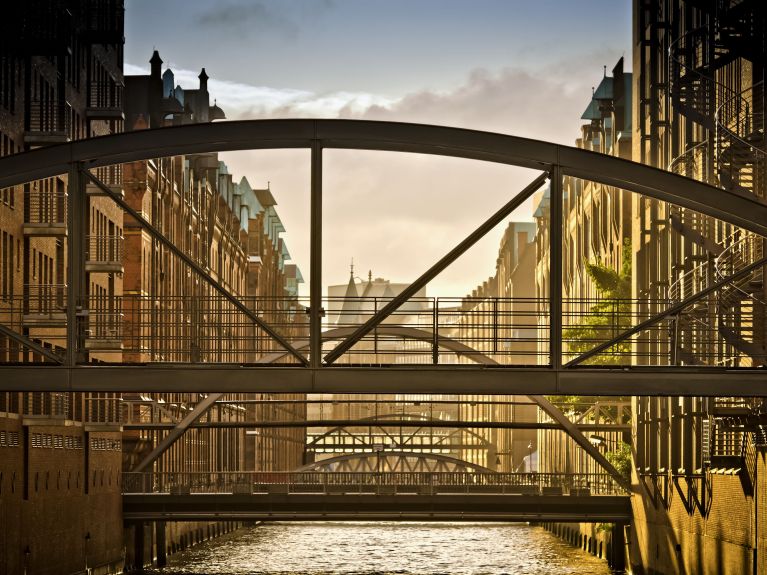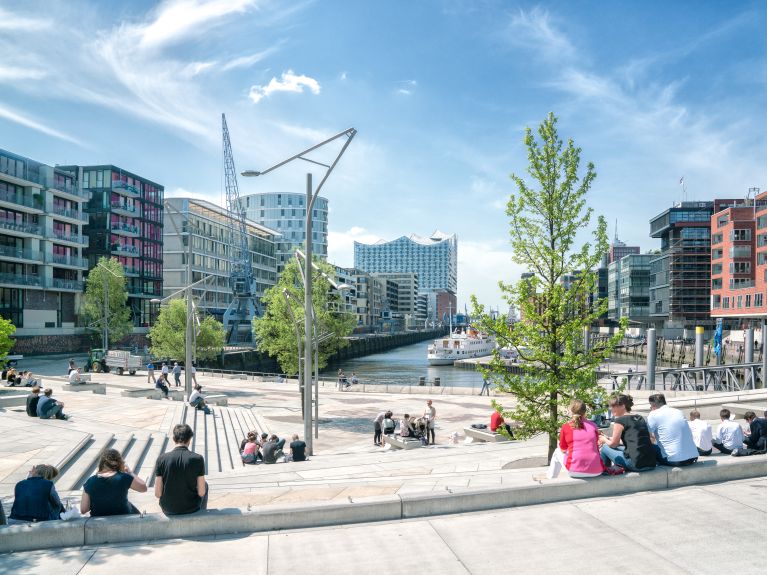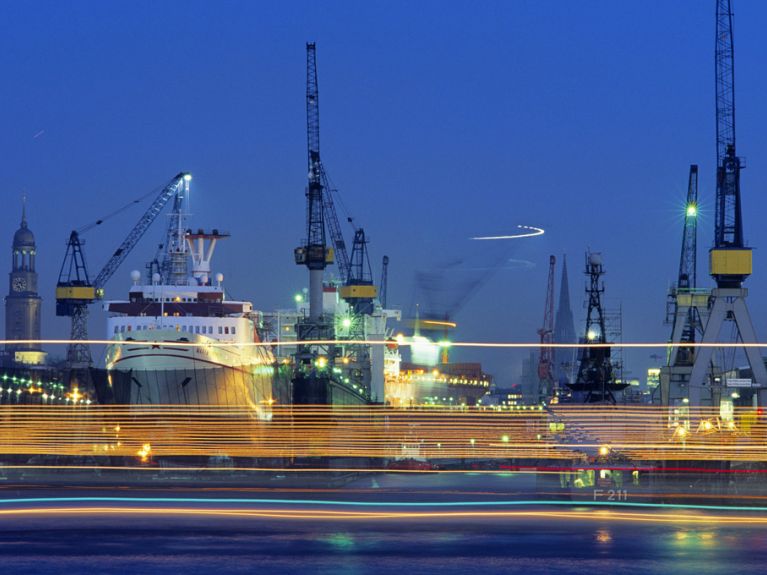Hamburg – a cosmopolitan host city
Cosmopolitan, foward-thinking, never standing still: the world meets in Hamburg for the G20 Summit
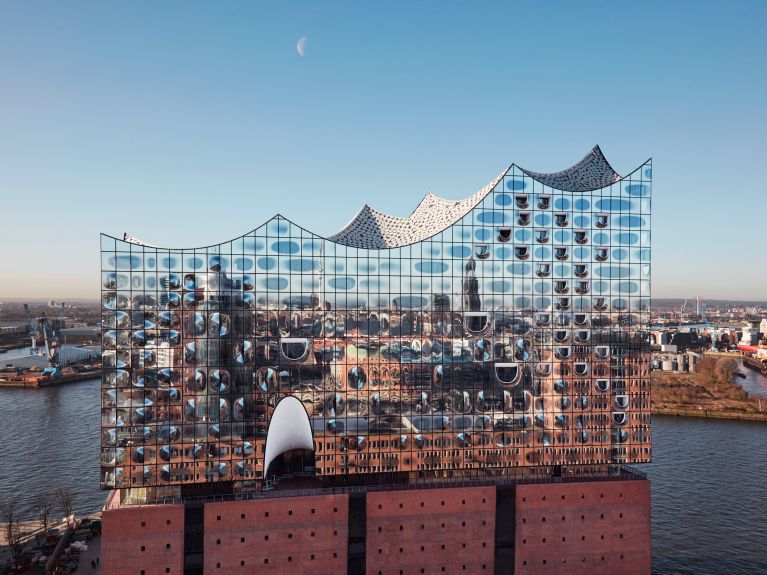
Everything flows in Hamburg: the city breathes and changes, it is always open to new trends and internationality forms a part of everyday life here. And, naturally, every road leads to water – or rather over one of the 2,500 bridges. The sailing boats on Aussenalster Lake, the tankers and cruise ships on the River Elbe, water and Hamburg go hand in hand. If you want to get a better sense of the city, head down to the harbour. The wind ruffles your hair, the clouds hover low over the Elbe, which widens as it flows towards the North Sea. You can sense the sea here, feel the vastness of the world, which this proud merchant city has been so closely connected to for so long.
To the right your gaze is drawn to the jetties of St Pauli and from there it is short walk to the Reeperbahn, a once seedy and disreputable area that has been transformed into a cultural quarter with theatres, eccentric characters and more tourists than sailors. Look across over the Elbe and you will see row upon row of gigantic cranes stretching up into the sky, witnesses to Hamburg’s industrious past and present. And to the left, the sun glistens on a somewhat artificial-looking white crest of a wave made out of glass, steel and concrete. The blue and white structure, daringly placed atop an old brick warehouse, rises into the sky: the Elbphilharmonie concert hall.
Opened at the start of 2017, such a spectacular structure is not really in keeping with the cliché of the reserved Hanseatic people but they soon adopted their “Elphi” and learned to forget about years of delays and rising costs. Every visitor is drawn to the Elbphilharmonie, Hamburg’s newest landmark. However, a long line awaits those wanting to take a peek inside. The most picturesque route there takes you through the Speicherstadt warehouse district, a UNESCO World Heritage Site. This ensemble of brick buildings with their sharp gables was once the biggest warehouse complex in the world. Today carpet dealers and creative types work here side by side. The city of tomorrow is just a few steps away in the HafenCity development with its glass facades. Construction work on this new district is due to be completed by 2030 (you never know, it could happen). But even after it has been finished Germany’s second biggest city will never stand still.
